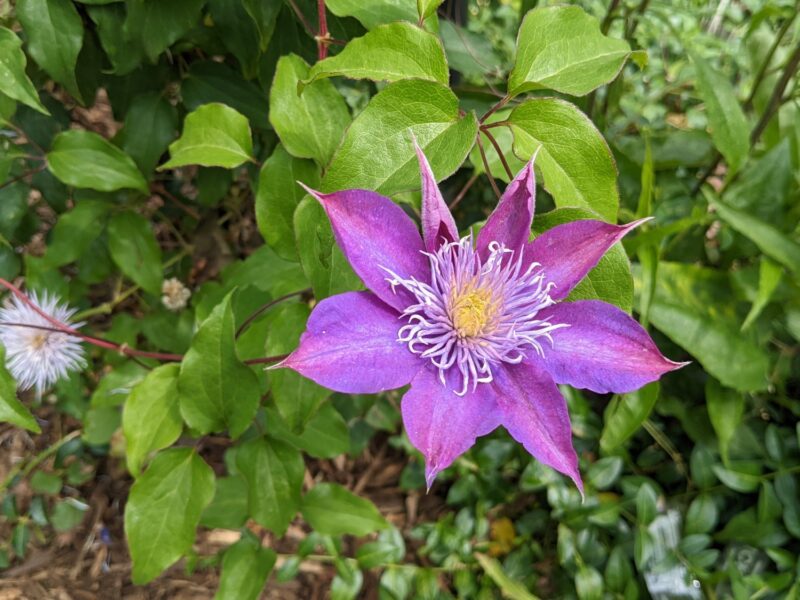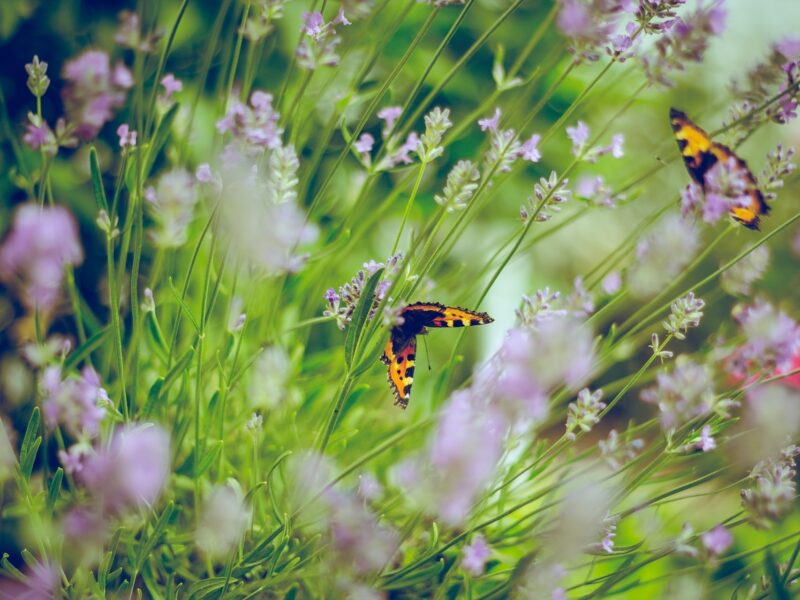A garden designed with the five senses in mind is a real joy to behold. To an extent every garden touches at least some of these, but creating a space made specifically to appeal to the eyes, ears, fingers, nose and tongue is a greatly rewarding project.

Sensory gardens are often professionally designed to invigorate the senses of people with specific disabilities; a fantastic way to create a healing, comforting and stimulating environment.
Eyes Open
Colour is one of the mainstays in sensory garden design, and plants should be chosen for their year-round effect. Summer time colours will have the added benefit of attracting wildlife to the garden – butterflies, bees and other insects all inject life, movement and energy.

During colder months, bulbs can help to bring colour to a winter scene, and creating an inviting habitat for birds will ensure the garden is alive with colour as well as sound.
Ears to the Ground
Create sound in your sensory garden easily with plants and man-made features. A gravel pathway will add a pleasing crunch underfoot, for example, and water features can bring an oh-so-soothing touch.

Wind chimes can also lend a peaceful, musical touch to a garden.
Touchy Feely
Using texture will create a garden design that invites touch, from rough tree bark to soft, smooth rose petals, it’s simple to make a real impact.

Children especially will enjoy exploring plants that change when touched, like the silk tree with its reactive fronds.
Also think seed pods – those of the busy lizzie burst on contact, scattering their seeds asunder.
Scent-sational
Many flowers these days have been bred for colour and showiness rather than scent, so get your hands on a good plant reference book to find some fragrant specimens.
Herbs smell gorgeous planted together, and squeezing their leaves between your fingers releases their delicious perfume.

For a classic English garden touch, why not investigate the array of roses available for a range of delicious fragrances, bringing additional colour to your garden, too.
Taste Buds
The taste of freshly-picked mint flavouring new potatoes, a few leaves of basil scattered on a salad – creating an edible garden goes beyond planting up a vegetable patch.

There’s nothing more satisfying than harvesting and eating your home-grown fare, fresh from the garden in minutes.
A sensory garden requires thought and planning, but can bring spectacular results. You’ll attract wildlife as well as people, and you might even create an essential natural home for a variety of insects and birds along the way.


